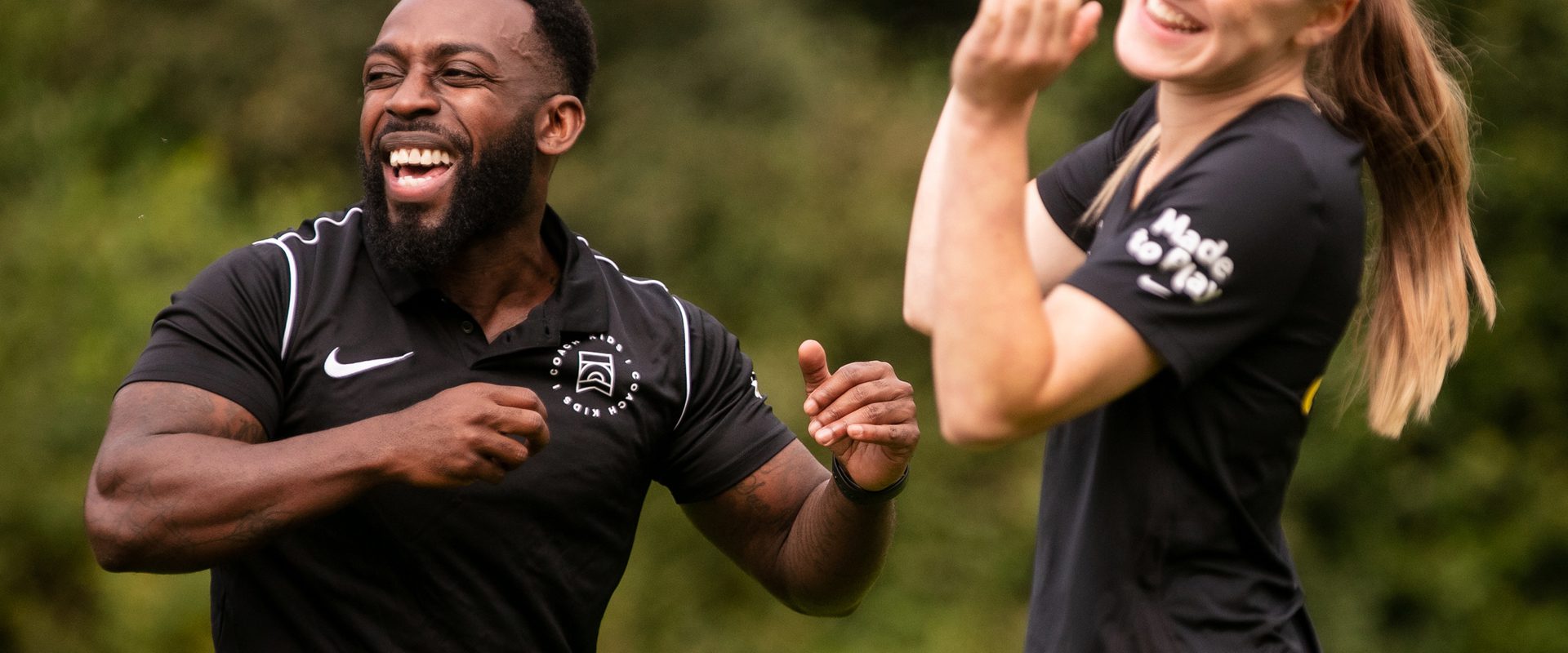
The Coaches' Toolkit
A big part of coaching is creating an environment where children can learn and develop. There are 5 key coaching tools that will help you do just that. Take a look at these below:
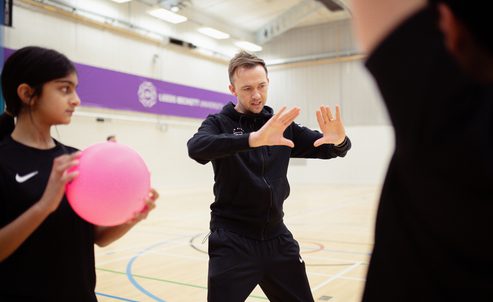
Explanations
Explanations are an important part of the coaching process. There are some key factors to consider when using explanations with children. Here are our top tips:
1. Kneel down to eye level to draw the players in.
2. Make sure that your language is clear.
3. Focus on a small number of specific points and make it short.
4. Use vivid language and images that children can remember easily.
5. Concentrate on what they need to do, not what they need to ‘not do’.
6. Regularly check for understanding.
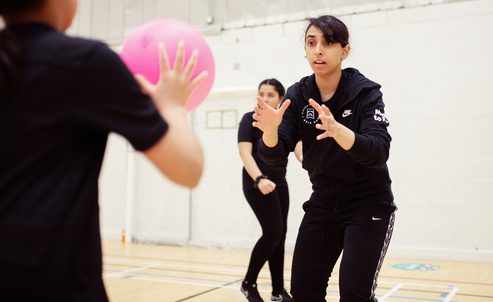
Demonstrations
Demonstrations give participants a model of the skill we want them to learn. They are particularly useful when introducing something new. They can be done by the coach, or even by one of the participants. Our top tips for demonstrating are:
1. Make sure everyone can see.
2. Know what angle you want them to see it from.
3. Decide if they need to see the full skill or only a specific segment.
4. Use cues, anchor words or images for the key elements to help focus their attention
and increase
retention.
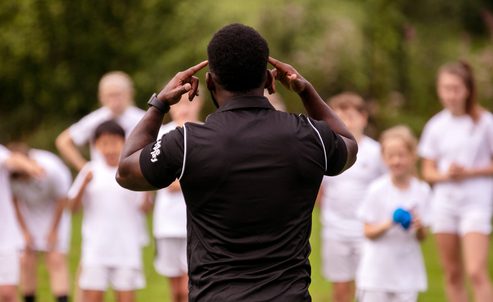
Setting Up and Standing Back
Setting Up and Standing Back is about asking the participants to do an activity and just letting them get on with it while we observe carefully. What's important here is that the activity is well-designed and that we are very clear about what we expect from it. Some top tips to be able to set up and stand back are:
1. Make sure that you are clear about what you expect from an activity.
2. Think through the design of your activity carefully. Detail is key.
3. Be patient. The children might not get it straight away, but if the activity is well designed, they will get plenty of opportunity to practice and get better at it.
4. Ask yourself the question: Do I REALLY need to step in here? If
the answer is no, then don’t.
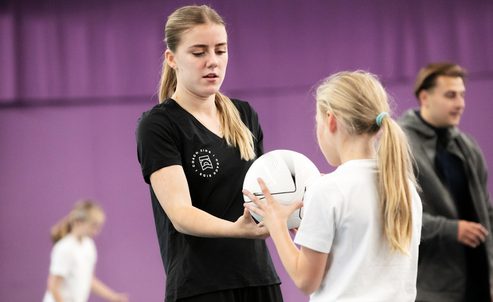
Questioning and Listening
Asking questions is a useful way to get the children thinking. It is also a great way for a coach to understand their participants better. Simply asking questions is not enough; a coach must also pay attention to what the child has to say. To do this, our top tips are:
1. Know what questions you are likely to ask.
2. Ask ‘what’ and ‘when’ questions. Even better, ask ‘why’ and ‘how’ ones to encourage deeper thinking.
3. Stay away from YES and NO questions.
4. Encourage a variety of answers and make sure
they know that no answer is silly or stupid.
5. Give the kids time to come up with the answers. Be comfortable with silence until someone comes forward.

Feedback
Feedback is central to improvement. But we have to be mindful of how we give feedback to children. Here are some of our top tips:
1. Keep it to a minimum!
2. Keep it simple. Focusing on one element!
3. Keep it positive. Remove all negative emotions and don’t make it personal.
4. Catch them being good! Praise is
very powerful!
5. Keep it solution-focusd. Tell them what they need to do, not what they have to stop doing.
You can find out more about the Coaches Toolkit by watching the videos below, or by downloading the resources about each tool.
Comments
Related Pages
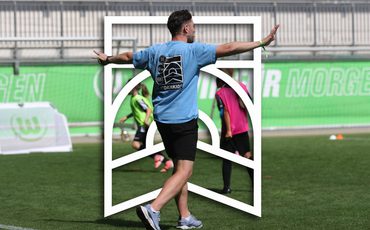

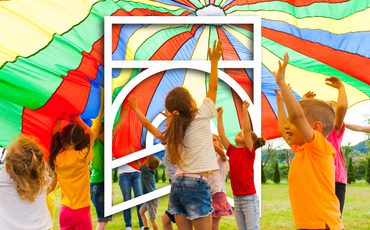
iCoachKids made me fall in love with youth coaching & development... Forever Greatful
Merci à I COACH KIDS pour cette opportunité d'apprentisssage pour mieux servir les enfants.
Thank you so much! I'm finished, I enjoyed it and benefited. How do I get the certificate?